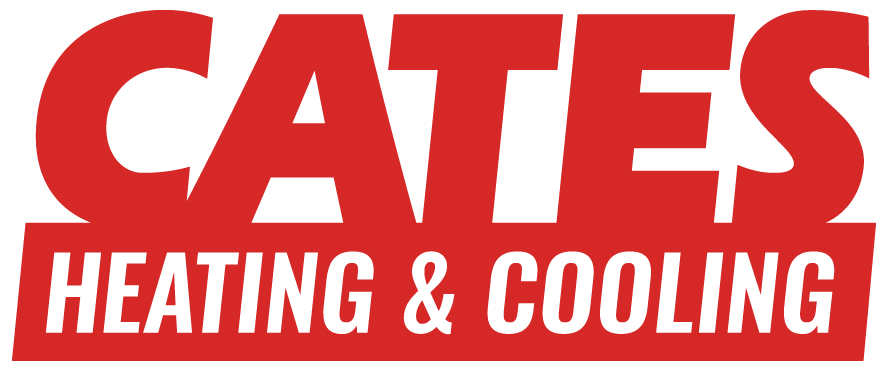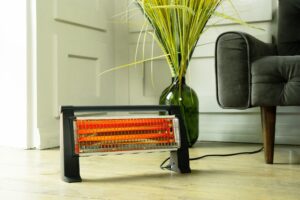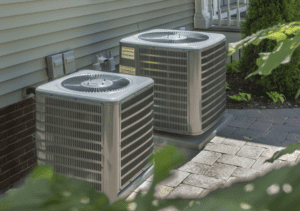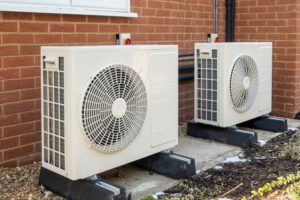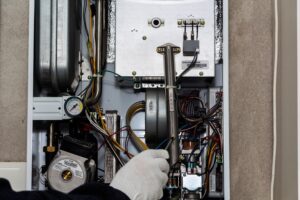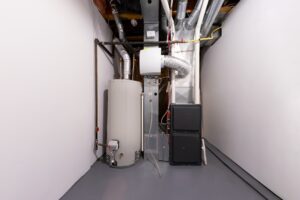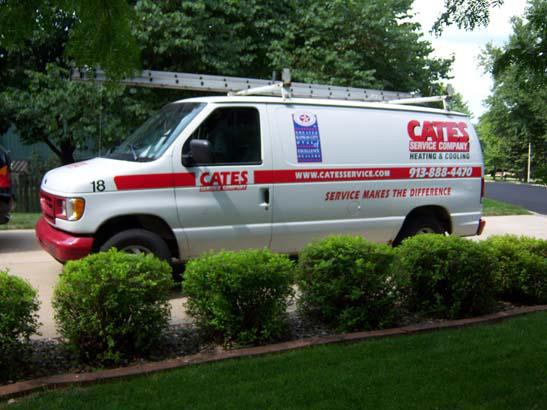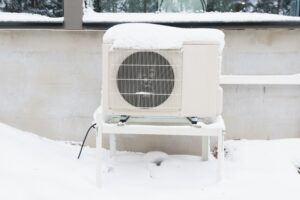Ever stop to think about how incredible it is to have an air conditioning system in your home? They cool us down when we’re hot and circulate the air throughout our homes, making these Midwestern summers bearable. But what happens when your A/C isn’t working its best or making strange noises and smells funny? Find out some of the warning signs that your system may need to be repaired below.
- It’s not cooling your home like it used toAre you noticing your home isn’t as cool as it used to be? The most obvious sign that your A/C needs to be repaired is a difference in how well it’s cooling your home. If your house doesn’t feel as cool as it used to or if you find yourself having to adjust the thermostat because the temperature you usually set it to doesn’t feel cool anymore, it’s time to get a tune-up.
- It’s making frequent noisesWhile it’s normal for your A/C unit to make infrequent noises — click here to troubleshoot the 5 most common A/C noises — if you hear noises on a regular basis it’s best to contact an HVAC contractor to inspect your unit. The noises you’re hearing can be something as minor as a loose part or something major like a refrigerant leak. Either way, it’s best to contact a professional to make sure your system is running properly.
- Poor/weak air flowYou should feel a pretty strong blast of cool air from your unit coming out of the vents in your home. When the air is flowing and you’re not feeling much air coming through the vent, your system may need some maintenance. While debris can get trapped in air conditioning vents, poor/weak air flow usually is a result of a system that needs to be repaired.
- Significantly increased energy billsWhile it’s common for your energy bills to increase in both cooler and warmer months, there shouldn’t be a significant increase. If you notice your bill is significantly higher, your A/C System may not be running at optimal performance, causing the system to work harder to cool your home.
- Persistent odorsMusty — Your A/C system may have mildew or mold growing on the condenser coil or ductwork. Circulating mold throughout your home can cause major health issues, so it’s best to have a contractor inspect your unit ASAP.Smoke/Burning — Does someone smoke inside your home? If so, the smoky smell is most likely from cigarette smoke being pulled into the condenser. If you don’t have a smoker living in your home, there may be a mechanical issue. It’s best to turn off your A/C unit and contact an HVAC contractor to inspect your system for damage to avoid a fire.
While having an A/C unit in your home is a lifesaver during these hot summer months, if it’s not running properly, you could be further damaging your system and racking up increased cooling costs. If you notice any of the warning signs above, it may be time to have your A/C unit repaired.
At Cates, we service the Greater Kansas City market and do everything possible to ensure same day service. Contact our friendly team by calling (913) 888-4470 to schedule a residential A/C repair or commercial A/C repair appointment today. We also offer a Comfort Club Maintenance Plan which includes annual maintenance, crucial to a homeowner’s overall safety and comfort. Also, now through August 31st, take advantage of our special offer this summer: a FREE A/C service call with repair – a $98.00 value!
